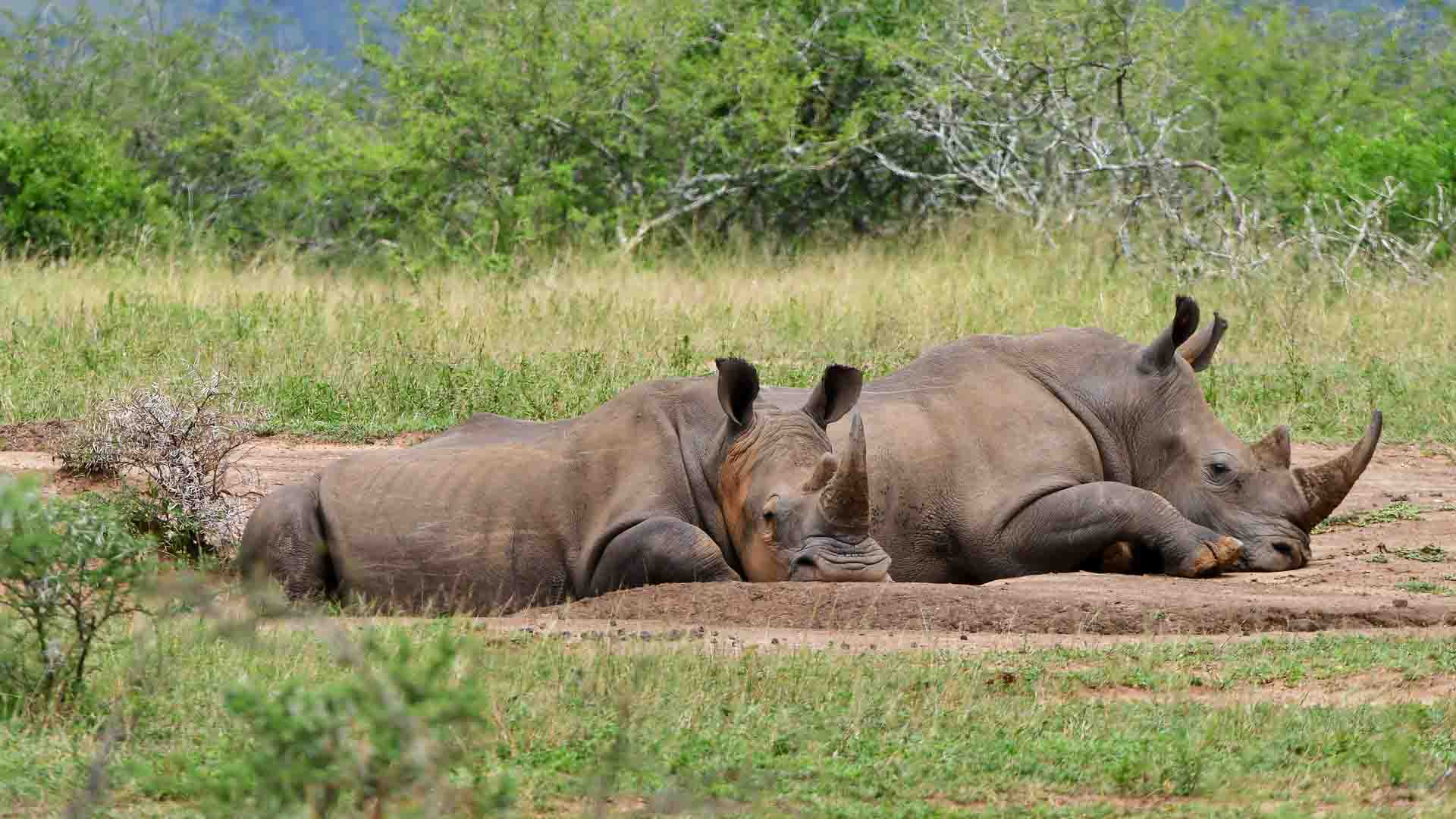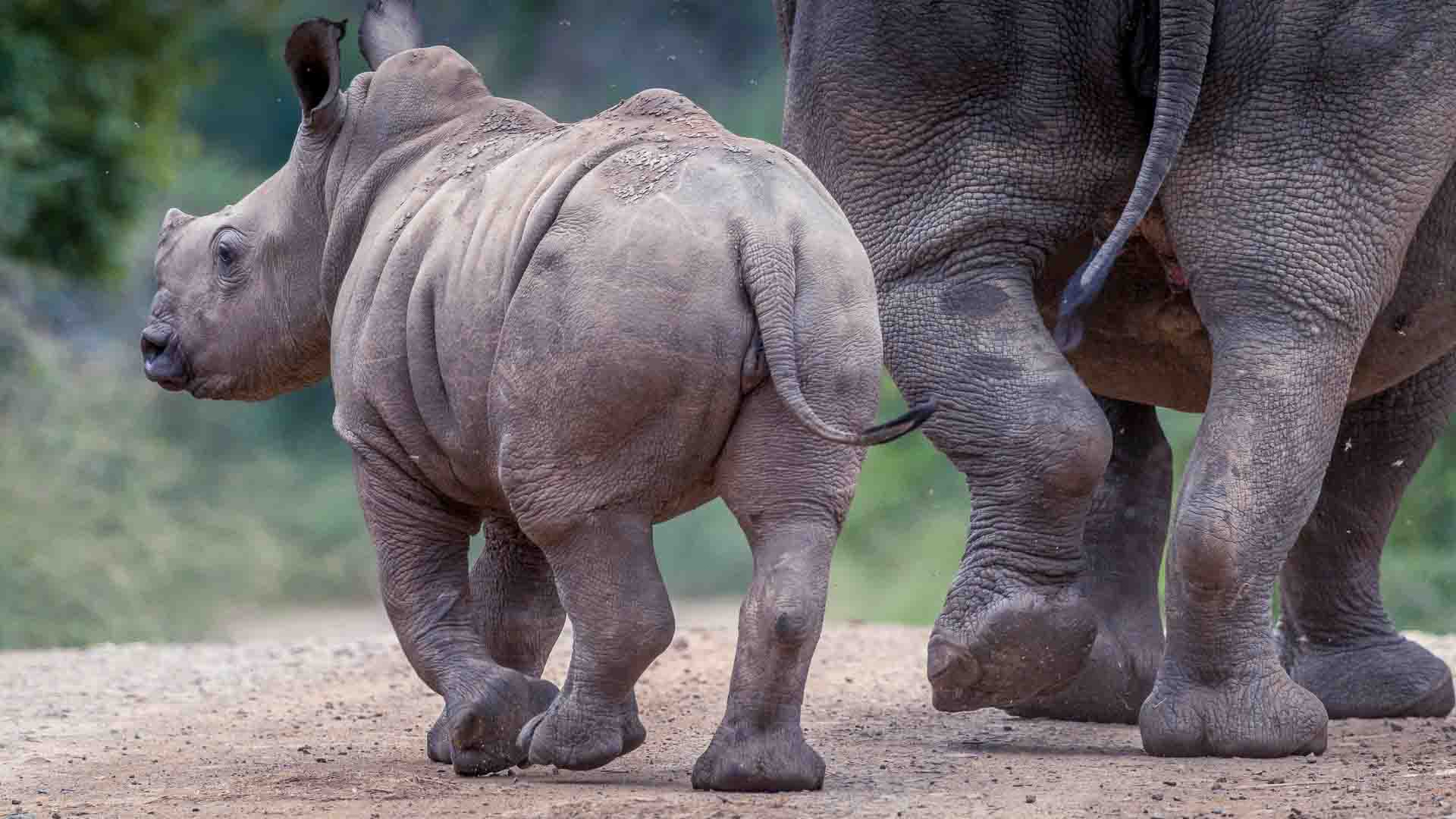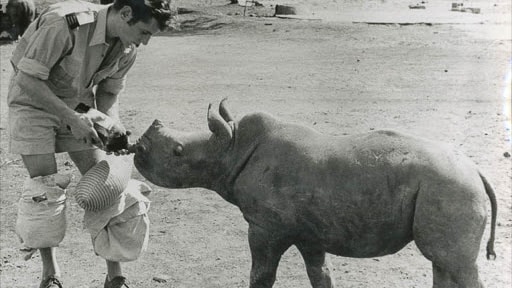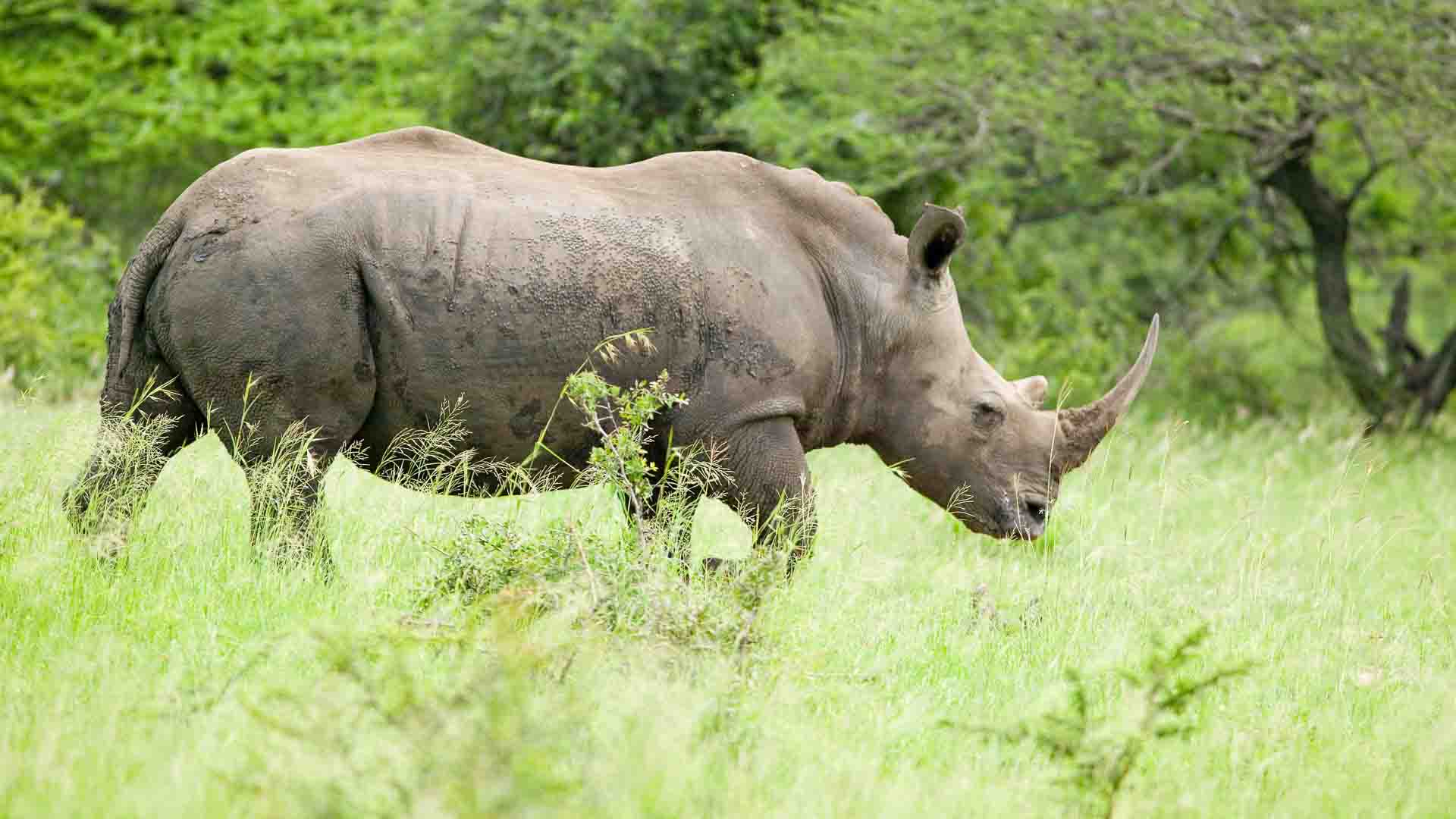Ker & Downey Africa > Journal > Hluhluwe-iMfolozi Park – The Home of the White Rhino
The robust rhinoceros is the second largest land animal after the elephant, characterized by the two large upright horns in the middle of its face. There are two species of these prehistoric-looking giants in Africa: the white rhinoceros, and the black rhinoceros. Both are extremely endangered, having suffered a drastic decline due to these highly-sought after appendages which are used medicinally in Asia, typically as aphrodisiacs.
Set in the heart of Zululand, KwaZulu-Natal, the Hluhluwe-iMfolozi Park is the oldest proclaimed game reserve in Africa, and the birthplace of rhino conservation.

Set in the heart of Zululand, KwaZulu-Natal, the Hluhluwe-iMfolozi Park is the oldest proclaimed game reserve in Africa, and the birthplace of rhino conservation. Established in 1895, this world-renowned park was instrumental in bringing the southern white rhino population back from near extinction in the first half of the 20th century.
In fact, every single southern white rhino population in the world has its genetic origin in the Hluhluwe-iMfolozi Park.

The Hluhluwe-iMfolozi Park covers roughly 96,000 hectares and is made up of two game reserves: Hluhluwe in the north, and iMfolozi in the south. Together, these two reserves make up one ecosystem containing an incredibly diverse selection of flora and fauna.

Every single southern white rhino population in the world has its genetic origin in the Hluhluwe-iMfolozi Park.
The park is currently home to a large population of both black and white rhino, providing a safe place for these important members of the famed Big Five to thrive. This is no easy feat however. Intense conservation efforts are ongoing and the team at Hluhluwe-iMfolozi Park are among the busiest rangers you will encounter.
The Hluhluwe area has been a hotspot for hunting since the early 1800s. First by the Zulus, and then by European hunters who arrived in the 1840s and plundered the region’s wildlife. Skins, ivory and, of course, rhino horn, were all highly prized materials leading to the slaughter of hundreds of thousands of defenseless animals. Rhino populations plummeted across the country and both the black and white rhino were declared regionally extinct in the Greater Kruger National Park.
Led by famed conservationist, Dr Ian Player, Operation Rhino achieved a 1000% growth rate in the population by the 60s, saving the species from extinction.

The only remaining stronghold for these remarkable creatures were the protected areas of the Hluhluwe-iMfolozi Park. For the southern white rhino in particular, this was the only chance left at survival.
By the 1940s there were just 40 southern white rhinos left on Earth, and all of them resided in the park. What took place next to protect the species was dubbed ‘Operation Rhino’ and it went on to be recognized as one of the greatest conservation successes of all time. Led by famed conservationist, Dr Ian Player, Operation Rhino achieved a 1000% growth rate in the population by the 60s, saving the species from extinction.
In a nutshell, Operation Rhino was a ground-breaking capture and translocation operation that took the critically endangered population from Hluhluwe-iMfolozi Park and expanded it throughout Africa and the rest of the world. Every southern white rhino alive today originated from this small crash of survivors.
Hluhluwe-iMfolozi Park is, quite literally, the home of the southern white rhino.

After almost a century of intense conservation efforts, there are believed to be anywhere between 19,000-21,000 southern white rhinos in protected areas and game reserves – most of them residing in South Africa. The positive results of Operation Rhino continue to influence these populations in KwaZulu-Natal and the rest of Africa and the world.
Poaching, however, continues to pose a threat with most poaching crime syndicates targeting KwaZulu-Natal. The park rangers at Hluhluwe-iMfolozi work tirelessly, constantly stepping up their efforts to monitor the reserve and keep a watchful eye on any sign of illegal activity. Regular vehicle, foot and horse patrols, as well as aerial surveillance and 24 hour watch posts at key locations in the park are all designed to battle the ongoing poaching epidemic. Specialist canine teams have also been set up, trained to detect poachers. It’s all hands on deck to protect these vulnerable animals from another brush with extinction.
As humans, and lovers of Africa, we owe it to the rhinos to do everything we can to protect this extraordinary species. And trust us, every little bit of help makes a huge difference. Whether it’s fundraising, volunteering, donating, researching ways to leave a legacy after your trip, or simply sharing the news far and wide to generate awareness, a little goes a long way!
Speak to your trusted LuxVenture® designer about ways in which you can leave your own personal legacy behind in Africa the next time you travel.
See you out there!
Ker & Downey® Africa is compliant with COVID-19 Industry Protocols.


Head office: 7 Bree Street, 6th Floor, Touchstone House, Cape Town, South Africa
+27 (0)21 201 2484
enquiries@ker-downeyafrica.com
United Kingdom: Sportsman Farm, St Michaels, Tenterden, Kent
Ker & Downey® Africa is compliant with COVID-19 Industry Protocols.